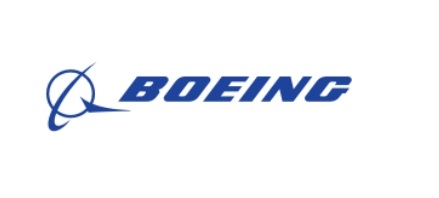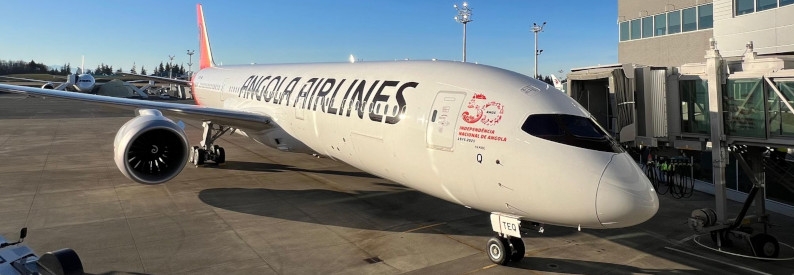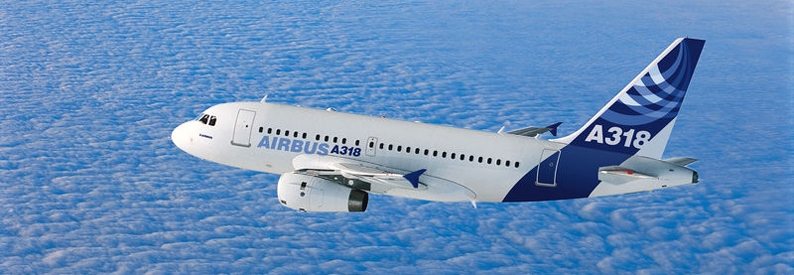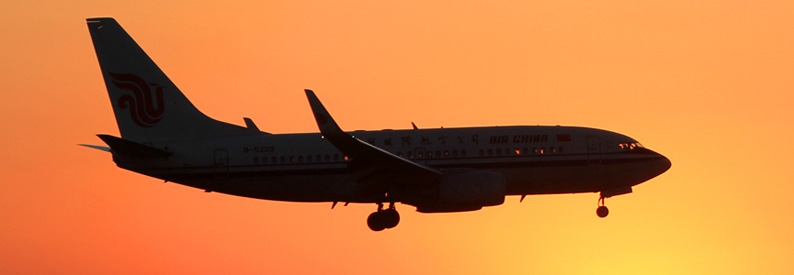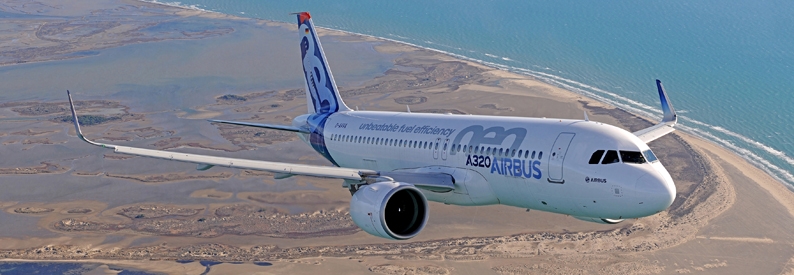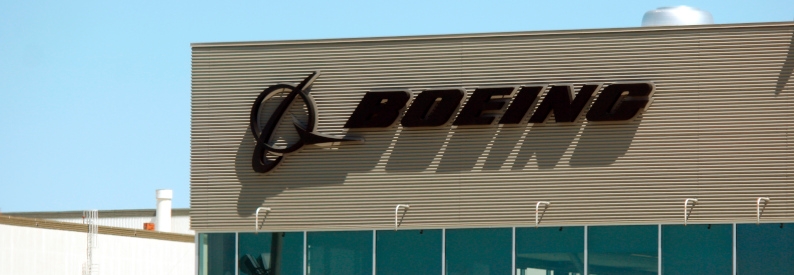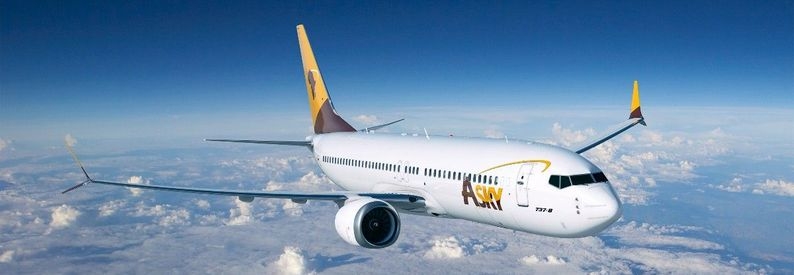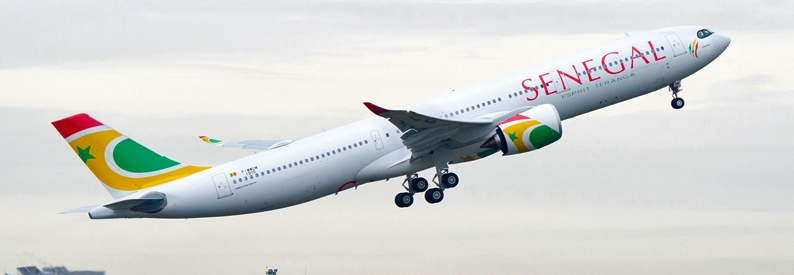The European Union Aviation Safety Agency (EASA) has said it will send its own pilots and engineers to test-fly Boeing’s newly modified 737 MAX, deepening a rift between it and the United States' Federal Aviation Administration (FAA) over the proposed upgrades.
The EASA also said it prefers a design that takes readings from three separate Angle of Attack sensors rather than the two sensors suggested by Boeing, the Seattle Times reported.
Aviation executives have already voiced concern that a split between the US and Europe could extend the grounding of the B737 MAX, Bloomberg reported last week. The FAA's former primacy in international aviation safety has been disrupted, Patrick Ky, executive director of the EASA told the European Parliament's transport committee.
“The FAA is in a very difficult situation. When they will say [the MAX] is good to go, it’s very likely that international authorities will want a second opinion, or a third opinion. That was not the case one year ago. I think that’s going to be a very strong change in the overall worldwide hierarchy or relationship between the different authorities.”
Requesting a three-sensor system is an even more specific critique than anything laid out before, as its installation could be an expensive and prolonged process, according to the Seattle Times. It comes just as the FAA is almost ready to approve Boeing’s proposed MAX redesign, insiders told the newspaper.
“We continue to work with other international aviation safety regulators and will carefully consider all recommendations. The FAA will incorporate any changes that would improve our certification activities,” an FAA spokesman said. “It’s common for aviation authorities to conduct test flights of new aircraft and major derivatives that other civil aviation authorities certificate.”
